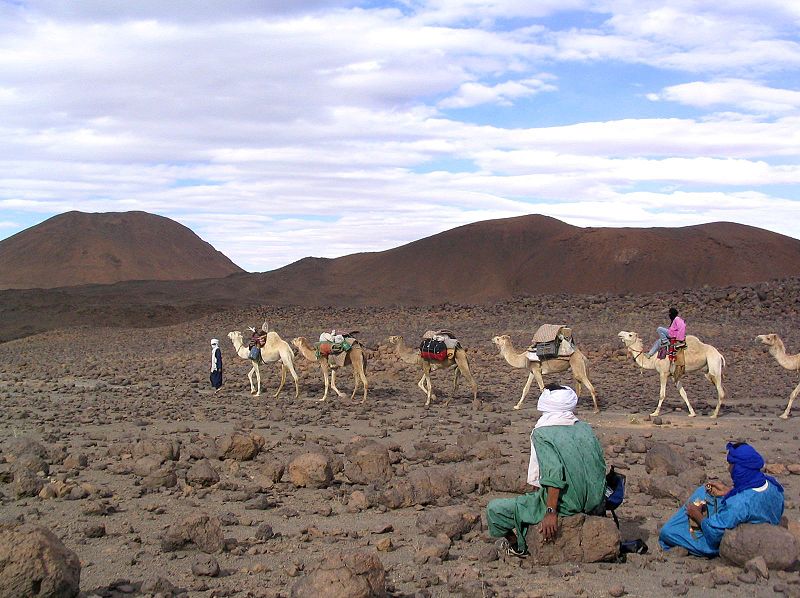
Titanium alloy is extraordinarily strong, stiff, and light, all qualities coveted by people interested in cramming in as much horsepower into the lightest, strongest package possible. On the flip side, it is extraordinarily expensive, and a real pain in the neck to cut and weld. It is close to impossible to cut with a hacksaw, all but requiring the use of fancy water jet cutters or electrical discharge machining.
Titanium is such a cool material that its has developed its own mystique, even crossing over to non engineers, conjuring up, for many, the promise of a real space age materials – rare, expensive, and high performance. Even though it is one of the more common elements in the earth’s crust, it is so hard to work with that items made from it are necessarily, expensive.
Marketing types have pounced on the metal’s cachet, and it is used as a come-on in sorts of marketing campaigns that seek to project of an image of high tech strength. There are titanium golf balls, titanium coffee cups, titanium rain coats, titanium computers, titanium sunglasses, and titanium condoms. There may actually be some rationalization for including a fleck or two of titanium in a golf ball, but the need to include it in the others doesn’t seem apparent, and in fact most of these items don’t actually contain a lick of it.

One item that does contain titanium, in fact quite a lot of it, is the “ABL”, a gigantic US Air Force airplane-mounted laser, one of the linchpins of U.S. Ballistic Missile Defense system which is the successor to Ronald Reagan’s Cold War Era “Star Wars” Strategic Defense Initiative. The ABL is a very large oxygen-iodine laser that is powerful enough, or so its Pentagon designers claim, to destroy a missile during its “boost phase”, the first few minutes after it lifts off and is thrust into the sky by its powerful chemical rocket engines.
Large parts of the missile killing light beam are encased in an approximately 25 foot by 10 foot protruding titanium “belly skin” affixed to the bottom of a heavily modified Boeing 747. This skin, or panel, has 36 holes arranged in eight neat rows of four holes, each hole being slightly larger than one foot in diameter. Through these holes, the jet of steam exhaust generated by the laser’s firing system will be ejected after it locks on and destroys an ascending missile.
When the laser operates, great quantities of hot, highly pressurized steam will rapidly exit the aircraft and extreme measures to protect the airplane and crew are required. The project engineers designed a massive hunk of robot-fabricated titanium, the world’s largest titanium part, for the laser shell because only titanium met the thermal, material strength and chemical requirements of the project.






























